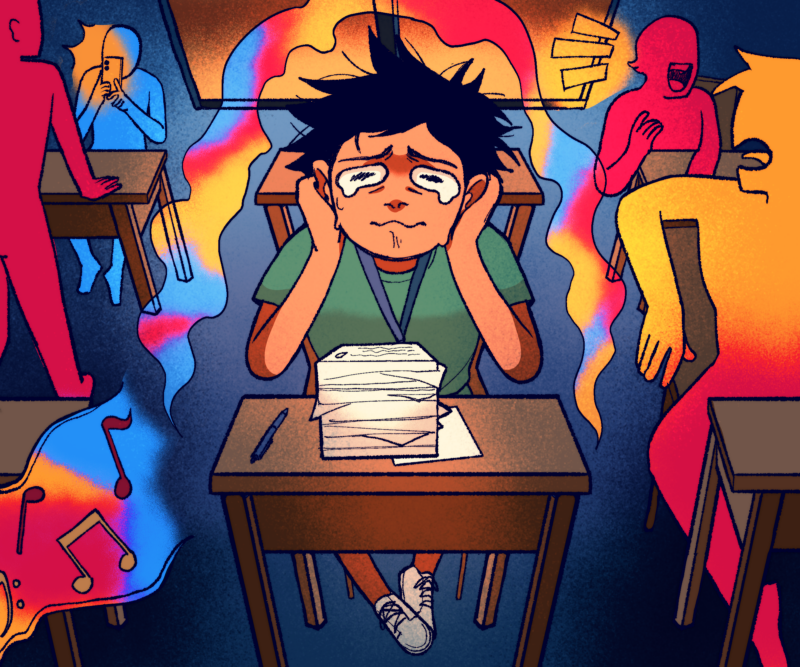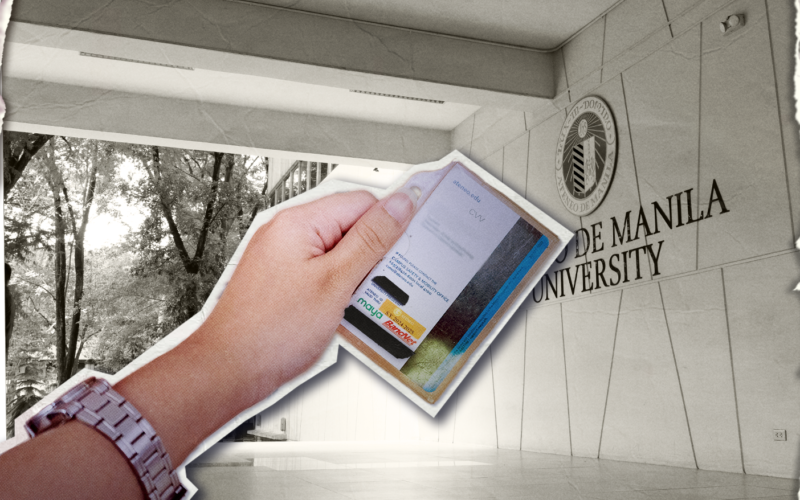There was once a time when the UAAP men’s basketball games would be attended only by a handful of people. Before games were covered on television, the going was tough, says Crippy Baizas, team manager of the ‘87-’88 Ateneo basketball championship team. Only basketball championship games were broadcast, and support for the team was low.
“[There were times that] only three people went to the games and I could even name them,” Baizas says. Only when Ateneo became a contender for the championships against University of the East during the ’87-’88 season did people watch in the Rizal Memorial Stadium.
Basketball games became mainstream, along with other sports, when Studio 23 came in. The phenomenal rise of collegiate sports, especially basketball, into the national stage in recent years is mainly due to the broadcasting of games on TV, says Far Eastern University (FEU) athletics director Mark Molina.
ABS-CBN came into the picture in 2000 when the UAAP board, dissatisfied with how previous network SilverStar Sports handled the coverage, opened bidding to the coverage rights. ABS- CBN got the first 5-year bid to broadcast the games through Studio 23. The UAAP and Studio 23 renegotiated for another five-year contract in 2005. Right before the second game of the Season ’72 finals, the UAAP announced that Studio 23’s contract was renewed for another five years.
The contract
Studio 23’s former contract, which was effective from 2005 to the present, is estimated to be worth P65 million, with portions to be paid within the five years. The contract requires the network to provide men’s and women’s basketball games full coverage, while other sports such as the men’s and women’s volleyball, football, and badminton championships are to be given airtime.
Studio 23 televises games live and airs replays the same night the game is held. It was in the recently- concluded basketball season that the network introduced high definition (HD) coverage for basketball games.
Benefits
The UAAP spent an estimated P35-40 million to hold games last season, says University Athletics Director Ricky Palou. Each sport has different budget al locations during the season, with basketball getting the largest chunk and also the most revenue.
“We will [also] be able to give some dividends to the member schools, so that they can use that for their sports development,” Montinola says. No special privileges other than the chance to choose venues and officials are given to the host school, Palou adds.
“At the end of the day, it is all about business [for the network],” Molina says. According to Molina, it is understandable for Studio 23 to plug commercials during and between games, especially during Ateneo-La Salle matches.
But although the games are crammed with advertisements, limits are still imposed. According to Palou, the network is limited to showing commercials for 20 minutes maximum in-between games, 10 minutes during half time, one and a half minutes for timeout breaks, or as long as the timeframe permits the network.
On the other side of the screen
Advertisement limits though, are not enough for all UAAP followers. Lasallian Franz Chuongco thinks that some advertisements go too far. “[It’s annoying when] the ads are repetitive,” he says in Filipino.
Meanwhile, Atenean junior John Jerry Catolos thinks that the advertise- ments don’t ruin the overall experience of watching on television. “Studio 23 knows when not to put ads,” he says, noting that there were few advertisements during the last few minutes of the game.
While Baizas admits today’s basketball is far too different from what it was back then—“It’s too pa-cute sometimes,” he says—he acknowledges how the sport has grown and the tremendous support it is now enjoying from the community.






